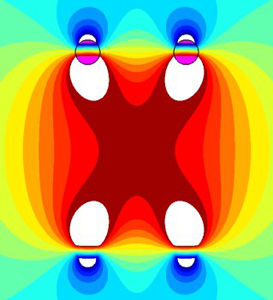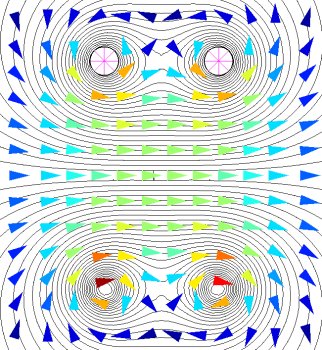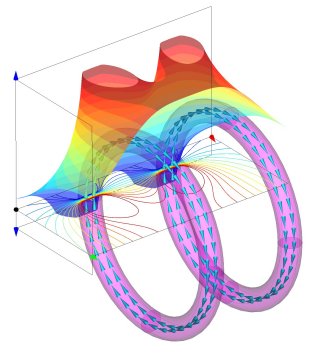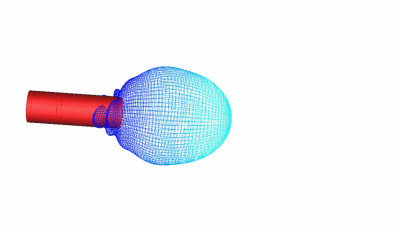-
- Actuators
- Coil Design
- Electromagnetic Brakes & Clutches
- Inductors
- Levitators
- MRI
- Motors
- Alternators and Generators
- Electromagnetic Brakes and Clutches
- Sensors
- Loudspeakers
- Magnetic Encoding
- Relays and Contactors
- Solenoids
- Shielding
- Electromagnets
- Magnetic Bearings
- Magnetic Signatures
- Magnetic Fixtures
- Magnets
- Non Destructive Testing
- Particles
-
- Antenna Radiation Characteristics
- Simulation of an Airplane
- EM Simulation of a Desktop
- EM Compatability and EM Interference
- Cable Junctions and Terminations
- Filters
- Lightning Strikes
- Microwave Circuits
- Microwave Ovens
- MRI
- Near Field Analysis
- Radar Cross Sections
- Radio Frequency Cavities
- Reflector Antennas
- Sensors
- Ultra Wideband Antennas
- Waveguides
- Antennas
Magnetic Resonance Imaging
Magnet Resonance Imaging (MRI) machines require large magnets to produce a very large linear field over a specified volume. Unlike most magnet simulations, the field accuracy has to be extremely high. For practical problems, this may mean field calculations with error in parts per million. This accuracy is met by using boundary element method. Unlike finite element calculations, a potential is not differentiated to get the magnet field because this leads to large numerical inaccuracies. Instead, the real and equivalent sources are integrated to yield extremely high accuracy. In addition, the software can be used for stringent room shielding requirements.

Magnetic Resonance Imaging devices have two major components. The largest being the magnet required to produce the DC magnetic field. As most of these problems are full 3D simulation, AMPERES™ would be required to model the magnets and analyze the design.
The RF or radio frequency required to energize the hydrogen molecules would require a time-harmonic electromagnetic analysis. SINGULA™ would be the simulation software for this analysis.



.gif)

